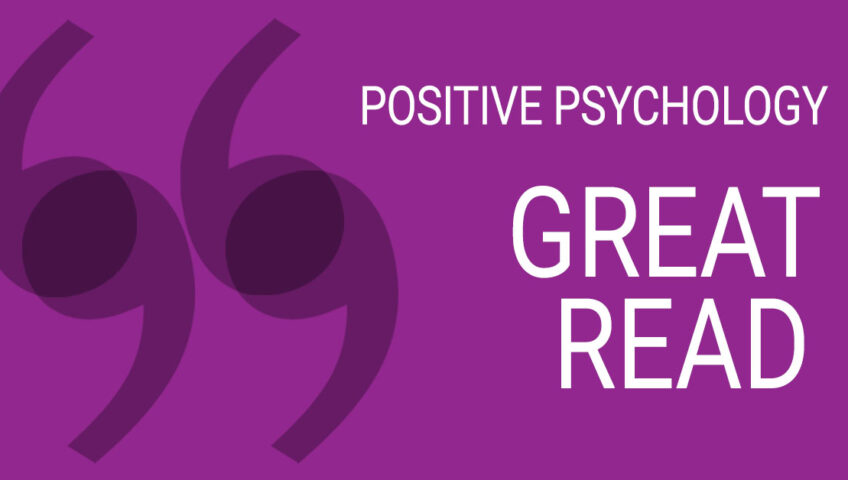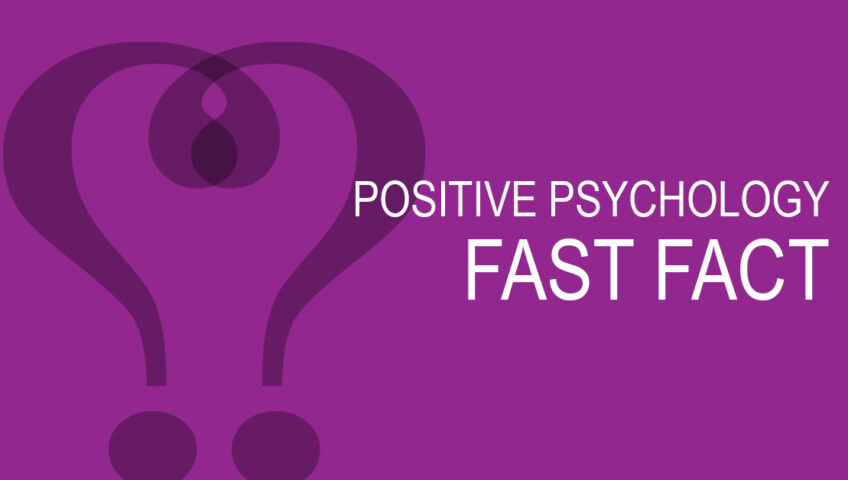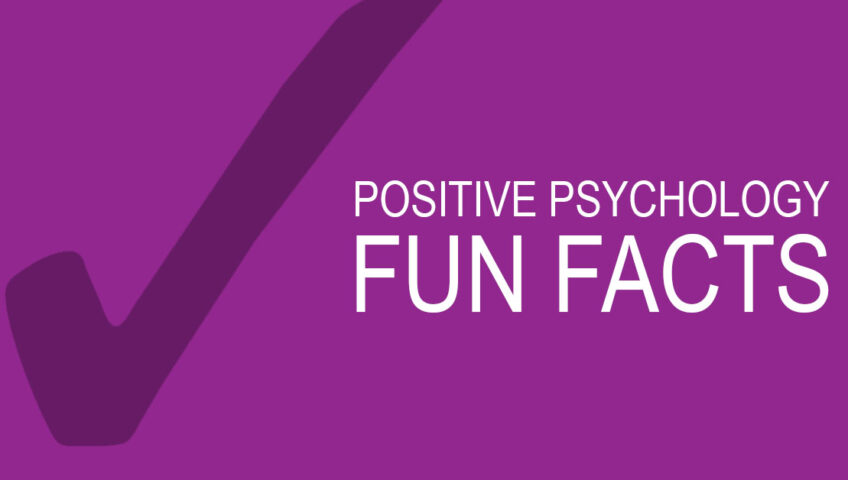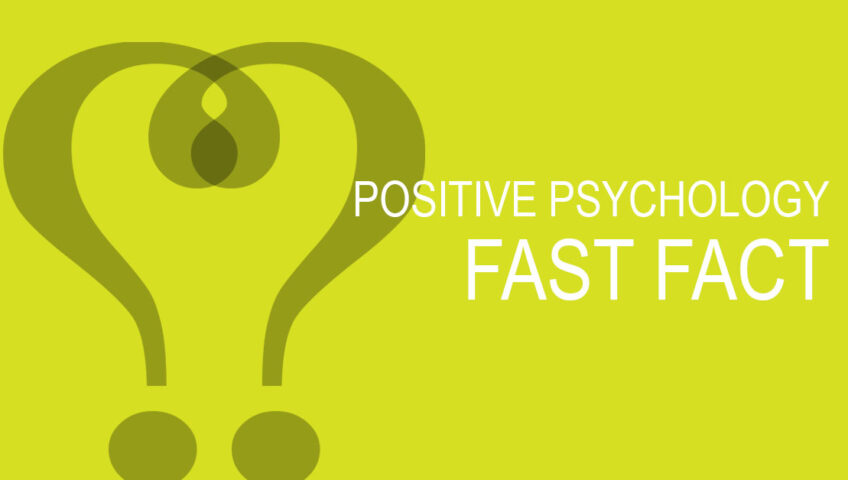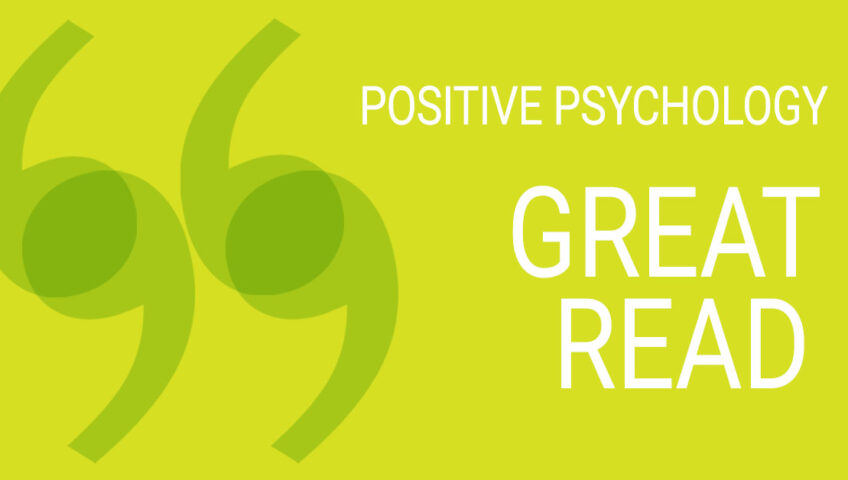What’s the simplest thing you can do to improve your relationships? Positive psychology trainers say that the first step is to focus on building rapport. In positive psychology, rapport is an essential component to building meaningful relationships. This is a key part of fulfilment and achieving a flourishing state. Unfortunately, most people receive very little education in building connections with others. But you can learn to build rapport at any stage of your life.
Rapport is state of deep connection with another person. It’s essential for trust and understanding. Building rapport involves creating a harmonious relationship with someone else. Some people are naturally better at building rapport than others. However, it is a skill that can be learned using the rapport building model. Positive psychology trainers use this model to help professionals create positive workplace relationships easily.
The rapport model involves a variety of techniques for gaining mutual attentiveness, coordination and positivity with others. Matching and mirroring are two widely used strategies. They involve synchronising your verbal and nonverbal behaviours with someone else. To mirror effectively, you need to pay attention to their patterns of thinking and behaviour. Mirroring creates a subconscious connection between you. People tend to have positive feelings when talking with someone that mirrors their behaviour.
Of course, mirroring is not the same as mimicking. You do not directly copy the other person’s behaviour, as this may come across as mockery. You subtly match their posture, gestures, energy level and even the rhythm of their breath.
Discovering these subtle cues requires you to pay close attention to the other individual. Instead of passively listening, you need to remain fully focused on the other person.
Also pay attention to the person’s posture and gestures. Do they use their arms and hands when talking? If so, copy the behaviour. This is a technique that positive psychology trainers recommend using with subtlety. After all, you want to create a psychologically safe environment. So, it is important not to be too obvious when matching a conversation partner’s movements. Aim to match patterns of movement rather than specific gestures. If the person remains relatively still, avoid sudden movements. Matching someone’s energy level is also important. When talking to someone that is shy or timid, high-energy behaviour may be off-putting.
Subscribe to our mailing list and receive fornightly tips and videos:
In a professional setting, mirroring can help individuals achieve a quick rapport with colleagues or clients, but it is not the only technique. Follow these methods, which form the basis of techniques taught by positive psychology trainers.
- Actively listen and observe to pick up on the other person’s demeanour and mannerisms for mirroring
- Ask open-ended questions to uncover personal information and background details for building rapport
- Try to find common ground, such as a shared interest, hobby, or skill, helping to create an instant connection
- Invite a colleague or team to lunch to escape the workplace setting and put them at ease
- Continue to build shared experiences, such as lunchtime getaways or working on the same project, as rapport requires continued interaction
Building rapport may come naturally or require hard work, depending on the individuals involved. Keep in mind that developing a stronger rapport may not happen overnight. If you struggle to make a connection with someone, remember to try mirroring their behaviour. Active listening and patience are also important to the process.
About the author of this article:
Eleanor Shakiba is a positive psychology trainer. She has been training and coaching ‘positive deviants’ since 1994. She delivers customised workshops for corporate teams, as well as practitioner level programs for HR and L&D specialists. Eleanor is the author of the Positive Psychology Toolkit for HR and L&D practitioners. She also runs a range of retreats and workshops for trainers and facilitators.

